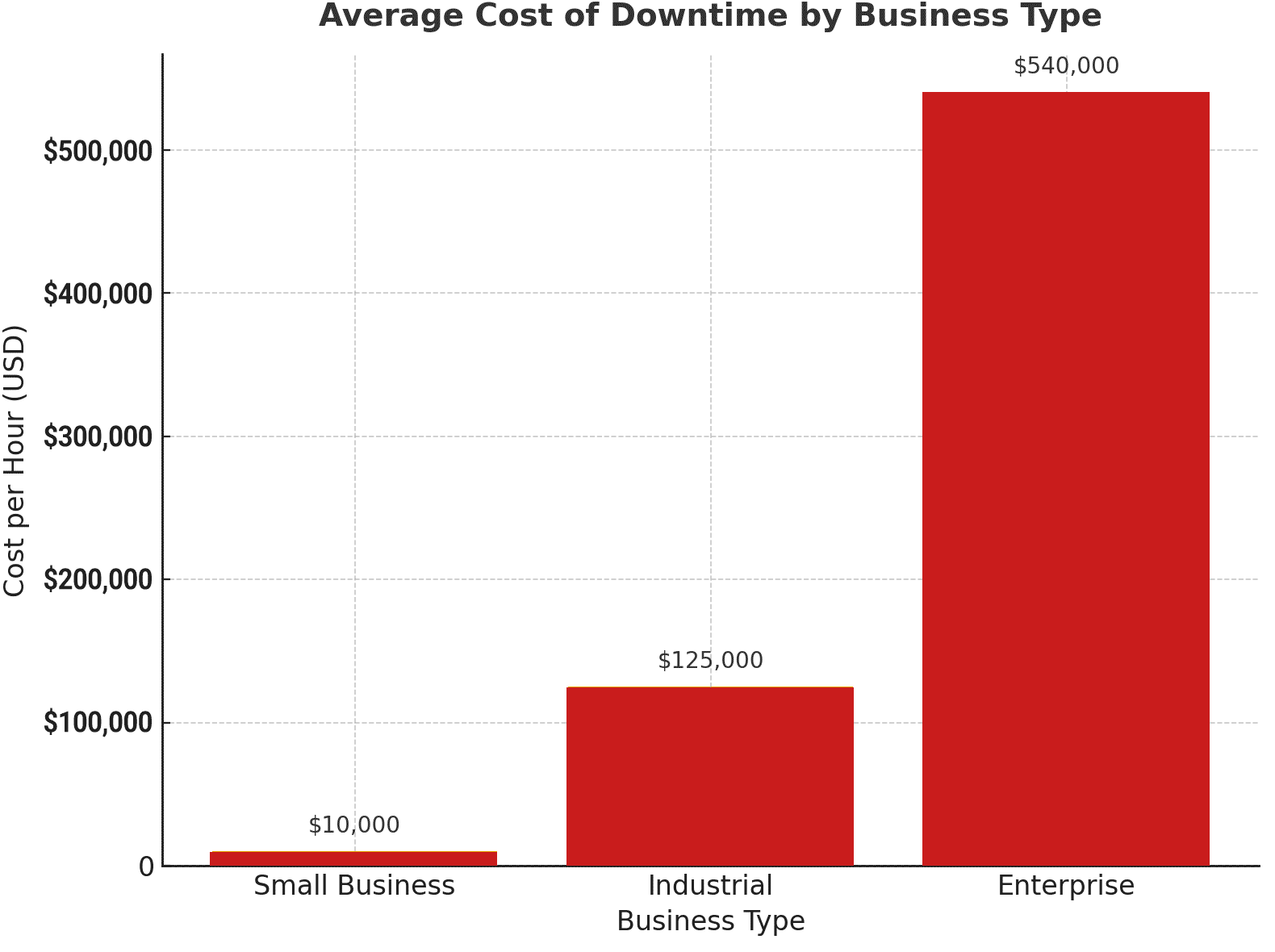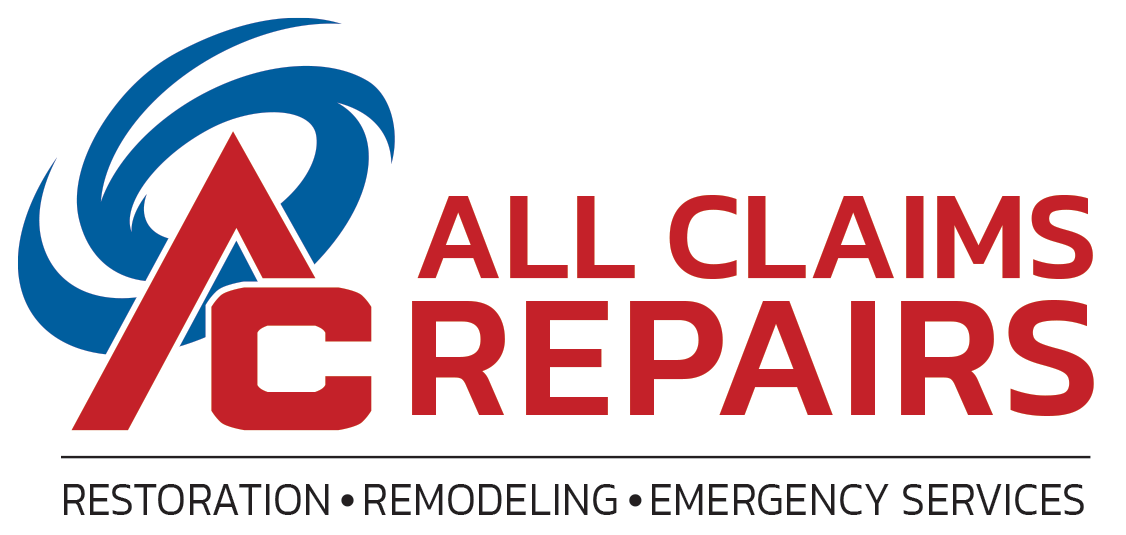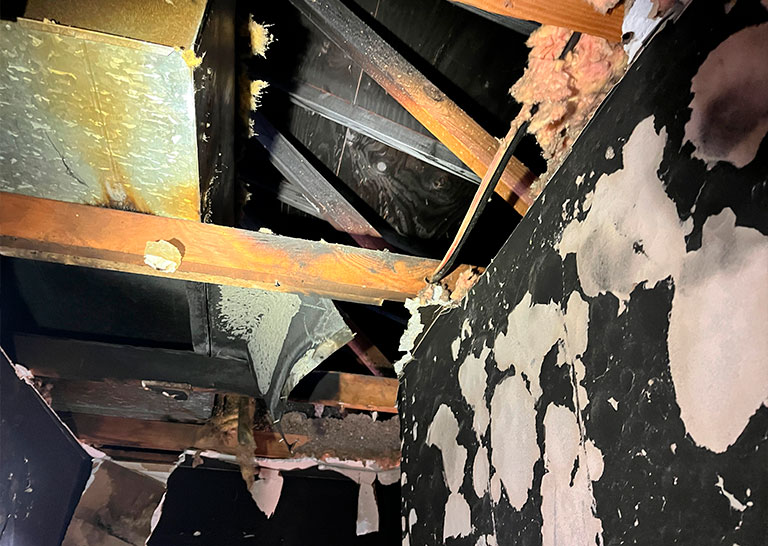When a business suffers property damage — whether from water, fire, or storm — the clock starts ticking. Every hour that operations are disrupted can mean lost revenue, frustrated customers, and long-term financial impacts.
Yet, many business owners underestimate just how critical the speed of response and repair truly is. So why is speed important when it comes to commercial and business property repairs?
Time Is Money — Literally
For commercial properties, time isn’t just an inconvenience; it’s measurable loss.
Even a modest retail store closed for three days from a ruptured pipe burst can lose thousands in sales.
A restaurant dealing with smoke damage from a kitchen fire might lose weeks or months of customer cash flow.
An apartment building with deteriorated decks, can be flagged for safety vioations can affect rental income, fines and legal issues.

The longer the downtime, the greater the financial and reputational damage. Fast response and efficient repair work can mean the difference between a temporary setback and a prolonged crisis.
The Domino Effect of Delayed Repairs
When repairs are delayed, the problems compound — and what starts as a manageable incident can quickly spiral into a major structural and financial setback.
- Water damage spreads. Moisture trapped in walls, flooring, or insulation can lead to mold growth, wood rot, and structural weakening within days. What might have been a surface-level cleanup can turn into a costly rebuild if not addressed immediately.
- Smoke, soot, and heat damage intensify. In fire-related losses, residues and corrosive compounds continue to deteriorate surfaces, wiring, and HVAC systems the longer they remain. Every hour they’re left untreated increases restoration time and expense.
- Structural issues worsen over time. Compromised framing, roofing, or load-bearing elements can deteriorate further under moisture or stress. Delaying these critical repairs not only increases the cost but can also trigger building code violations or safety citations that stall reopening and insurance approvals.
- Temporary closures hurt staff and customers. Every additional day of downtime impacts employees’ income, customers’ loyalty, and a company’s reputation. In some cases, prolonged closures can even violate lease or tenant agreements.
- Insurance complications arise. Adjusters may question additional damage that results from delayed mitigation, potentially affecting coverage or payout. Prompt action and documentation are key to keeping claims defensible and straightforward.
Simply put: the faster the response, the smaller the loss — structurally, financially, and operationally. Delays can quickly magnify damage and costs — but rushing through repairs can create just as many problems.
Speed vs. Quality: Finding the Right Balance
Quick action doesn’t mean cutting corners. The goal is controlled urgency — mobilizing fast while maintaining the quality, safety, and documentation needed for both insurance approval and building code compliance.
Speed should never come at the expense of proper permits, inspections, or workmanship. Whether it’s water mitigation, fire cleanup, or structural and general repairs, every phase must meet local code requirements and industry standards to ensure long-term safety and durability.
Best practices include:
- Immediate assessment and stabilization (board-up, water extraction, temporary shoring, dehumidification)
- Transparent communication with property owners, insurers, and inspectors
- Detailed project timelines and progress updates tied to permitting milestones
- Coordination between trades to minimize downtime and avoid rework or compliance issues
A well-managed restoration project prioritizes both speed and accuracy — ensuring mitigation, repairs, and rebuilds are completed swiftly without sacrificing quality, safety, or regulatory compliance.
Project Communication
One of the biggest frustrations business owners face after property damage is uncertainty — not knowing when they can reopen or what comes next. Clear communication and realistic timelines help reduce stress and allow businesses to plan accordingly.
Contractors who provide daily or frequent updates help keep restoration projects on track and maintain trust throughout the process.
The Long-Term Value of Quick Recovery
Beyond immediate financial recovery, a fast and well-executed repair builds confidence with customers, tenants, and employees. It shows reliability, preparedness, and resilience — qualities that strengthen a brand long after the damage is repaired.
For property managers, this also protects long-term asset value and maintains occupancy rates — two metrics that directly impact profitability.
Having the Right Partner
In property restoration, speed isn’t just a competitive advantage — it’s a financial safeguard. Businesses that act quickly limit losses, control costs, and return to normal faster.
For organizations that manage commercial properties or rely on continuous operations, having a trusted restoration partner that has deep experience with commercial property repairs before disaster strikes can make all the difference.



